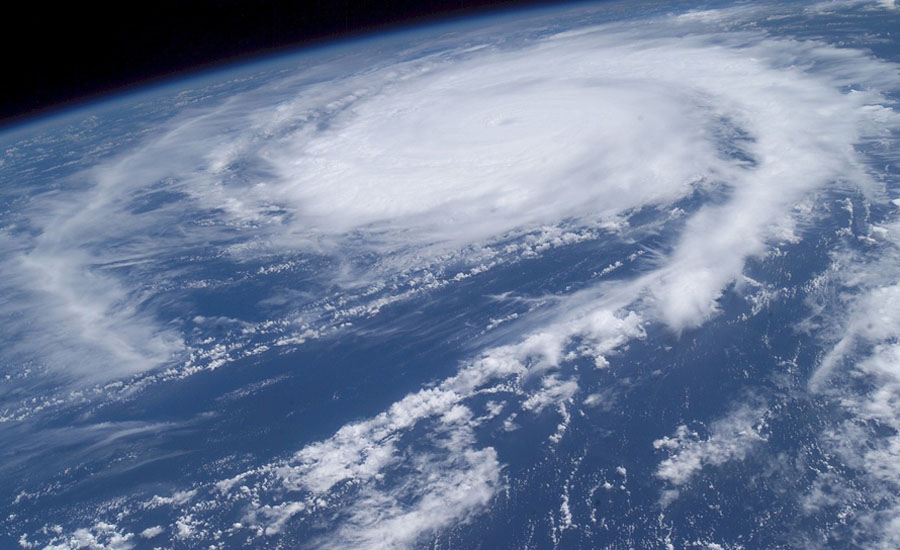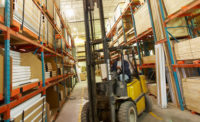Hurricanes, tornadoes, floods, earthquakes, wildfires. Food and water safety may not be the first things people think about when they’re trying to put their lives and homes back together after a disaster, but the two should be near the top of their priority list.
The CDC has a wealth of information available on the subject.
In a nutshell:
After A Disaster:
Food: Throw away food that may have come in contact with flood or storm water; perishable foods that have not been refrigerated properly due to power outages; and those with an unusual odor, color, or texture. Unsafe food can make you sick even if it looks, smells, and tastes normal. When in doubt, throw it out.
Water: Do not use water you suspect or have been told is contaminated to wash dishes, brush your teeth, wash and prepare food, wash your hands, make ice, or make baby formula. Safe water for drinking, cooking, and personal hygiene includes bottled, boiled, or treated water. Your state, local, or tribal health department can make specific recommendations for boiling or treating water in your area.
In greater detail:
Throw away the following foods:
- Food that has an unusual odor, color, or texture. When in doubt, throw it out.
- Perishable foods (including meat, poultry, fish, eggs and leftovers) in your refrigerator when the power has been off for 4 hours or more.
- Food not in packages or cans.
- Canned foods or food containers that are bulging, opened, or damaged. Throw away the food if the container spurts liquid or foam when you open it or the food inside is discolored, is moldy, or smells bad.
- Packaged food: Throw away food containers with screw-caps, snap-lids, crimped caps, twist caps, flip tops, and snap-open, and home-canned foods because they cannot be disinfected. Throw away food in cardboard containers, including juice/milk/baby formula boxes.
How to reuse commercially prepared cans and retort pouches (like flexible, shelf-stable juice and seafood packages):
- Remove labels if they are removable.
- Brush or wipe away dirt or silt.
- Wash cans and pouches with soap and water, using hot water if available.
- Rinse cans and pouches with water that is safe for drinking, if available.
- Sanitize cans and pouches in one of two ways. 1.) Place them in a solution of 1 cup (8 oz/240 mL) of unscented household bleach in 5 gallons of water for 15 minutes. OR 2.) Submerge in a pot of water, bring to a boil, and continue boiling for 2 minutes.
- Re-label cans or pouches with a marker. Include the expiration date.
- Use food in reconditioned cans or pouches as soon as possible.
Thawed food that contains ice crystals can be refrozen or cooked. Freezers, if left unopened and full during a power outage, will keep food safe for 48 hours (24 hours if half full).
Store food safely
- While the power is out, keep the refrigerator and freezer doors closed as much as possible.
Feeding infants and young children when your tap water is unsafe
- Breastfed infants should continue breastfeeding(https://www.cdc.gov/breastfeeding/recommendations/food-safety-for-infants-after-a-disaster.html). For formula-fed infants, use ready-to-feed formula if possible. If using ready-to-feed formula is not possible, it is best to use bottled water to prepare powdered or concentrated formula when your tap water is unsafe. If bottled water is not available, check with local authorities to learn the status of your drinking water to see if boiling it will make it safe to drink. Use treated water (see water treatment instructions below) to prepare formula only if you do not have bottled or boiled water.
- If water is contaminated with a chemical, boiling it will not remove the chemical or make it safe to consume.
- If you prepare infant formula with boiled water, let the formula cool sufficiently before giving it to an infant. Put a couple drops of formula on the back of your hand to see if it is too hot.
- Clean feeding bottles with bottled, boiled, or treated water before each use. Throw away baby bottle nipples or pacifiers that have been in contact with flood waters; they cannot be sanitized.
- Wash your hands before preparing formula and before feeding an infant. You can use alcohol-based hand sanitizer if water is limited or unsafe.
Clean and sanitize food-contact surfaces that have been flooded
Throw out wooden cutting boards, baby bottle nipples, and pacifiers if they have come into contact with flood waters because they cannot be properly sanitized. Clean and sanitize food-contact surfaces in a four-step process:
- Wash with soap and hot, clean water.
- Rinse with clean water.
- Sanitize by immersing for 1 minute in a solution of 1 cup (8 oz/240 mL) of unscented household chlorine bleach in 5 gallons of clean water.
- Allow to air dry.
Note: Do not use your fireplace for cooking until the chimney has been inspected for cracks and damage. Sparks may escape into your attic through an undetected crack and start a fire.






